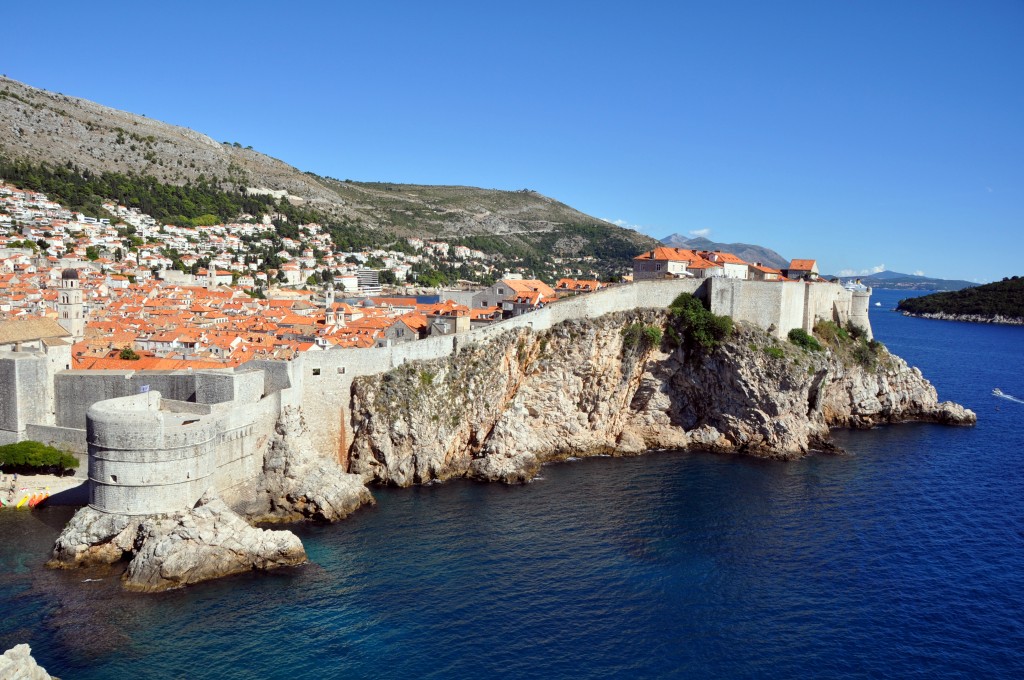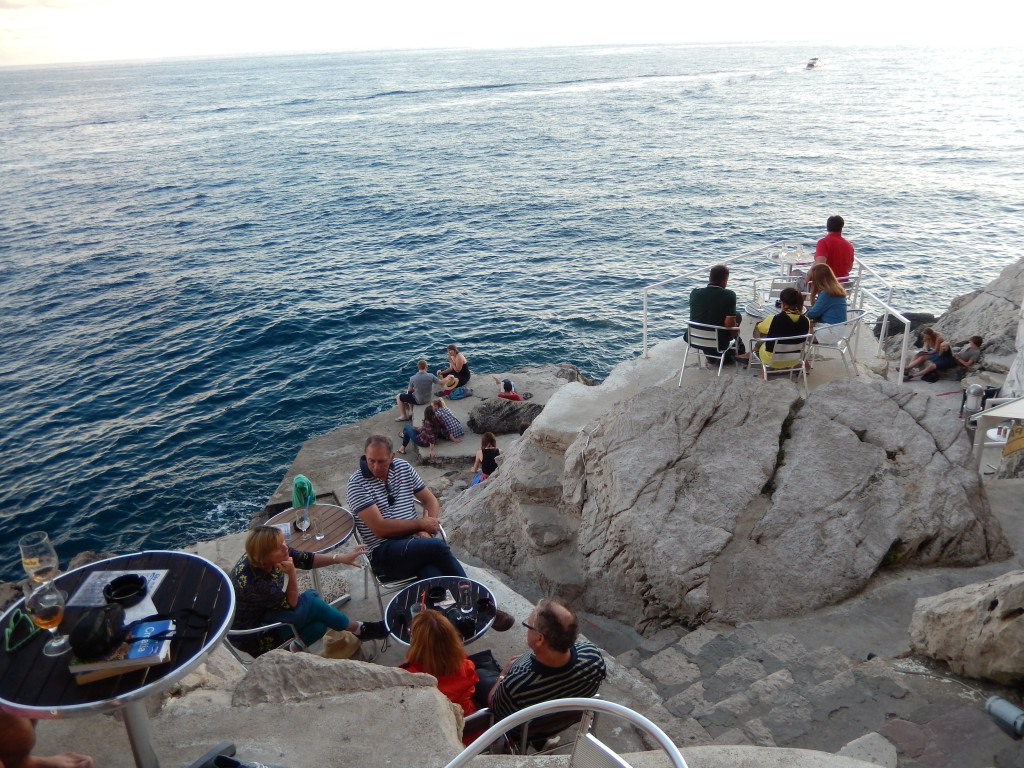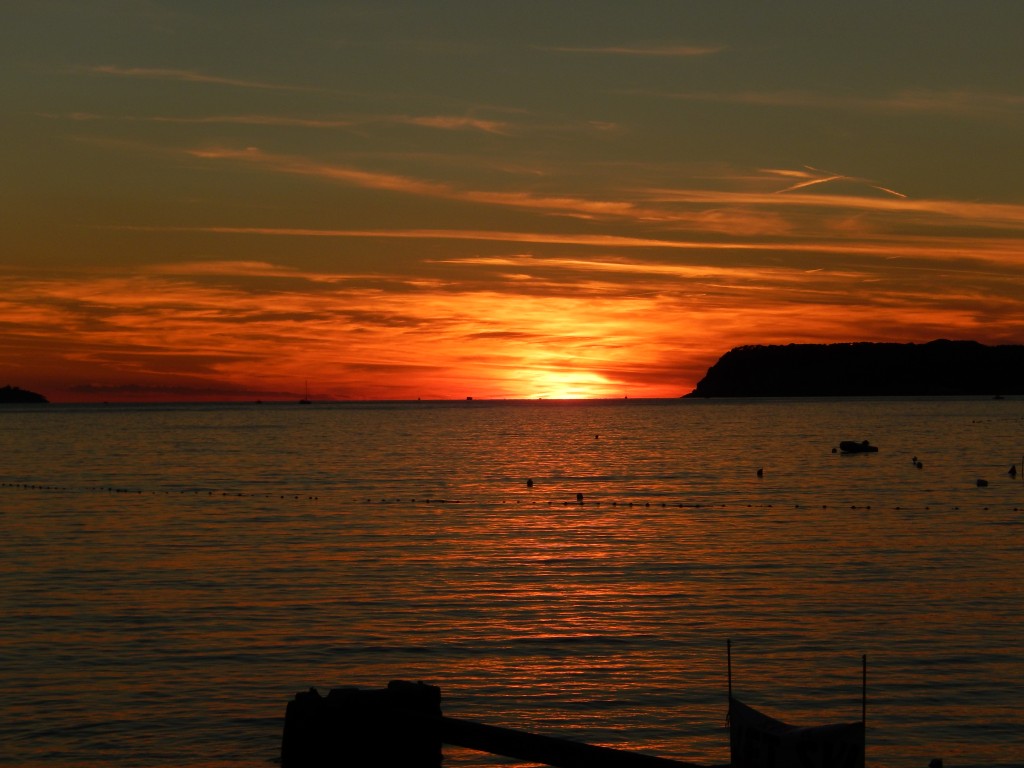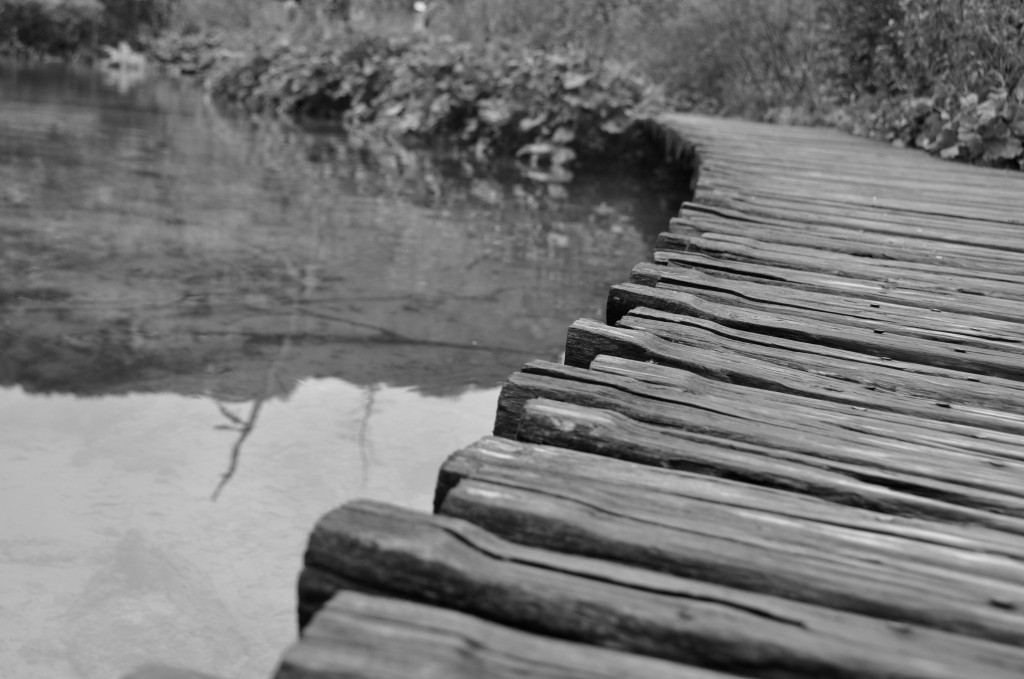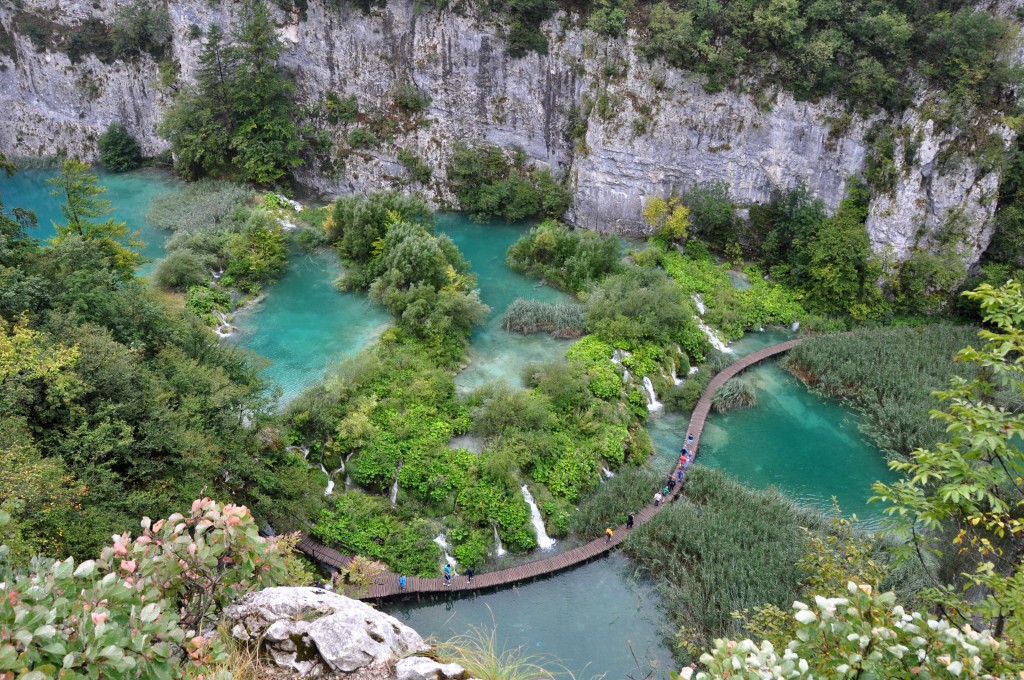Sudden downpours, bats, $80 bananas, rocks made of skin-slicing glass, spider bites in the middle of your forehead when you wake up, double charged for horrible Mexican food. Croatia’s mainland tried so hard to get us down. It tried, but we still conquered!
We visited three of Croatia’s major cities: Zagreb, Split, and Dubrovnik. They were each really different and charming in their own way. Dubrovnik was our favorite, of course. Ours, as well as the other thousands of tourists’ that the cruise ships drop off each day.
After the cruise boats head out, one can actually breathe in the city and take in the Adriatic vistas. Dubrovnik was shelled and burned in 1991 during the Croatian War of Independence, but little evidence remains of this time. The damage in the Old Town has been beautifully restored and visitors can walk around the old defense walls. Outside of the walls there are a few bars that are literally perched on the rocks. While we were enjoying drinks at one of these cliff-side bars, there was a bunch of splashing out in the water. At first I thought there were dolphins jumping around, but no…it was a group of Atlantic bluefin tuna. How crazy is that?!
We also enjoyed several beautiful sunsets!
Between Zagreb and Split, we visited Plitvice Lakes National Park. Croatia’s oldest and largest National Park, Plitvice Lakes was declared a UNESCO site in 1979. Croatia’s civil war actually began in Plitvice on March 31, 1991, which unfortunately received the name “Plitvice Bloody Easter”.
The weather during our visit started out pretty crappy, but the best thing about bad weather is fewer tourists!! Occasionally, we had some of the wooden walkways all to ourselves.
The park comprises over 73,300 acres and encompasses approximately 20 lakes, most of which are interlinked by waterfalls and cascades. Around 18km (11 miles) of wooden walkways allow visitors to walk over lakes, ponds, waterfalls, and through dense forest habitat and marshy reeds. It was a really interesting park and the variety of landscape and nature you experience while walking along was amazing.
 We climbed to the top of Šupljara Cave and found a great view of the dozens of mini-falls connecting Lake Gavanovac to Lake Kaluđerovac.
We climbed to the top of Šupljara Cave and found a great view of the dozens of mini-falls connecting Lake Gavanovac to Lake Kaluđerovac.
The substrate of the lakes is either limestone or dolomite, depending on where in the park they are located, which give the water hues of blue, green, and turquoise. Even with cloudy skies, we found some beautiful nooks and crannies!
Next, we’re gettin’ off the mainland and heading out to one of Croatia’s 1,244 islands!

